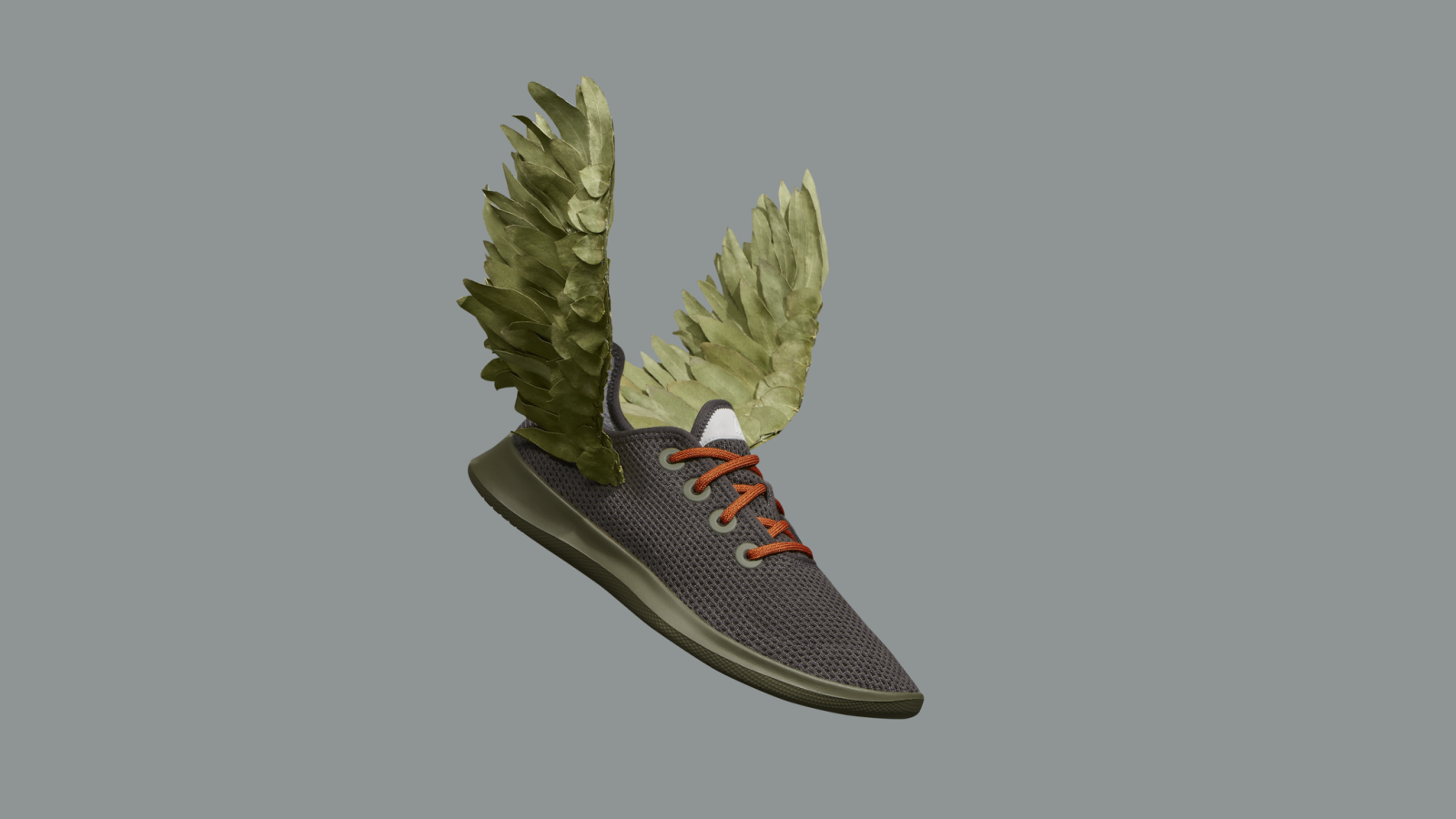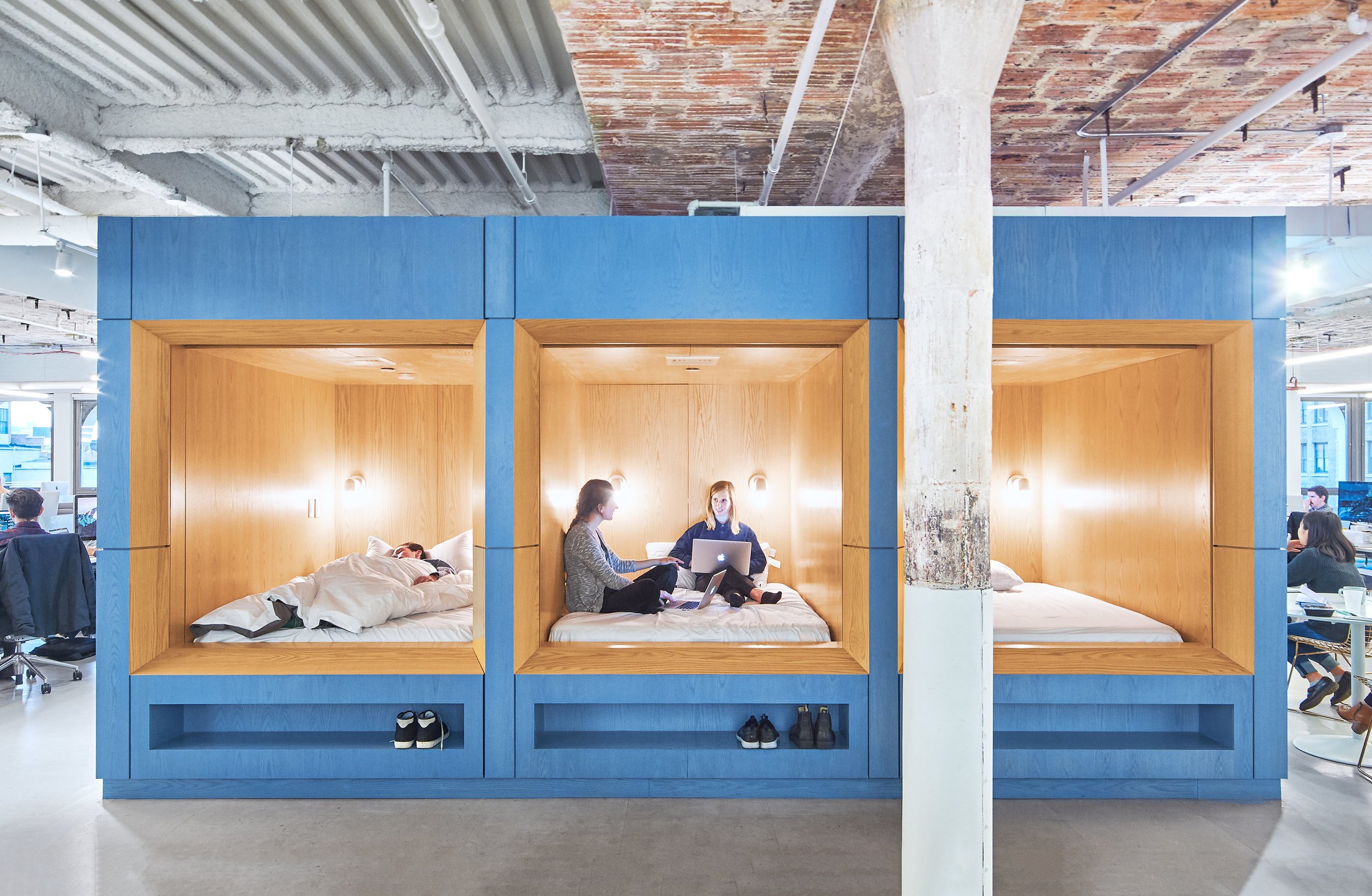Wisdom from Giants Part 2: Allbirds and Casper
You missed the trip, but don’t miss the insights. This three part series will go behind the scenes of the Better by Design study tour to share with you the wisdom from Airbnb, Contently, Allbirds, Casper, Contently, Google and Sidewalk Labs.
Allbirds — The art of cultural connection
“Being ambitious with your business goals isn’t arrogant—in fact, if you’re not ambitious, you’re reckless. Back yourself. Think big, act small.”
— TIM BROWN, ALLBIRDS
These were powerful words from Tim Brown, Kiwi ex-pat and former All White, who in 2014 (with co-founder Joey Zwillinger and designer Jamie McLennon) created a lifestyle sneaker using New Zealand merino wool that’s since been dubbed ‘the world's most comfortable shoe’ by Time magazine.
I know Tim well—he reached out to us early on for some help with the development of the shoes, and I’m so happy to see his brand killing it in the US because, despite what some people might think, Allbirds wasn’t an overnight success. Tim spent many years chipping away at his dream.
Kiwis tend to think of Asia in terms of export potential, but we’re not putting enough thought into how we can become relevant in the US market. Allbirds has proud Kiwi roots (the name is a reflection of our land once being ‘all birds’, after all) but it fully embraces the community it’s trying to target, which has allowed the flavour of America to penetrate into the brand. Take a look at their photographic style, for example—it’s deeply rooted in West Coast street and tech style.
Tim also talked about great ideas happening in the space between the pavement. “We didn’t invent wool, or shoes. We made a considered product that focused on thoughtful materials, new design, comfort and sustainability— and we spent a lot of time investing in the brand story.”
Kiwi business looking to export?
Let’s take a feather out of Allbirds’ book. By basing themselves in San Francisco, Tim and Joey built a brand that culturally relates to its customers. If you’re a long way away from your customers, creatively explore how you’re committing to spending quality time with your target market to connect with your customers on a cultural level (not just a needs-based level). You only have to look at Whittakers and L&P to realise the brands that stand the test of time are those that are culturally significant.
Tim and Joey found the Kiwi/American business cocktail (the understated yet highly capable Kiwi way, coupled with the super confident, big thinking US dynamic) had the potential to inspire some really progressive ideas. There’s a huge opportunity for Kiwi brands to make it big internationally— but you’ve got to invest in building cultural connections first. The Primary Innovation Hub in the US is set up to help Kiwi companies better connect in the Americas (stay tuned—more on this down the line).
Everyone is your customer — including your people
Another stellar piece of advice. Your staff are part of your community, so let them help you activate your brand! Allbirds’ staff live and breathe shoes, and by embracing the products in their personal lives, they’re organically spreading the word throughout their social circles. If you want to export to the US and you don’t have a group of people championing your products, you’re missing out on a really big opportunity. Start by employing the right people, and then empower them to do their job with confidence. The right people will genuinely love your brand and want to share it.
“Start by employing the right people, and then empower them to do their job with confidence. The right people will genuinely love your brand and want to share it. ”
Casper — Focus on the customer journey segmentation
“To turn your product into a cultural object, you need to start building a cultural narrative. ”
Casper is a billion-dollar company started by a group of switched on 20-somethings, and is one of those knockout stories.
Buying a bed is never fun. The sales folk always know more than you do (because, let’s face it, we buy a bed every five to ten years). Then there’s the issue of getting the mattress home—usually by trailer or truck—up the stairs, unwrapped and in place…I’m tired just thinking about it.
What Geoff Chapman and Casper’s other founding partners managed to do was work out their customers’ pain points and create a product that completely disrupted the bedding market. They took the air out of the mattress, wrapped it in shrink wrapping and packaged it in an Instagramable box. All of a sudden, mattresses were cool, and Casper went from zero to several hundred million dollars in revenue extremely fast. Geoff says “It was like a velociraptor.”
Let’s take a step back though—it all started with smart intentional design research, customer journey maps and segmentation work. They focused on one hero product for a single channel (online to start with), simplified the distribution and had a clear playbook strategy for how they were going to execute. Through deep ethnographic research, they figured out where the opportunities lay, then built a brand and story around their product that was truly alive. When Kylie Jenner posted an image ‘unboxing’ her Casper mattress in her new flat, thousands started sharing their own Casper moments online (you guessed it, propelling Casper to cultural object status).
Kiwis can disrupt, too – it’s about being strategic
Casper understood its product was a somewhat boring but integral part of life, and by focusing on its customers, managed to inject fun, playfulness and life into a category that had literally been asleep. The key takeaway here? To turn your product into a cultural object, you need to start building a cultural narrative.
This can be hard for Kiwi export brands because we offer little opportunity for the user community to be involved. Start by understanding your customer, then offer opportunities for sharing and interaction. Consider collaborations. Experiment with different ways to build relevance. Show your customer that you believe wholeheartedly in your product (like Casper’s 100-day money back guarantee). Try, try, and try again.
Stay tuned for Part 3 of the Better by Design Study Tour series, coming soon!
Feature image source: https://www.mensjournal.com/style/allbirds-earth-day/
Casper HQ image source: https://blog.casper.com/take-tour-casper-hq/


